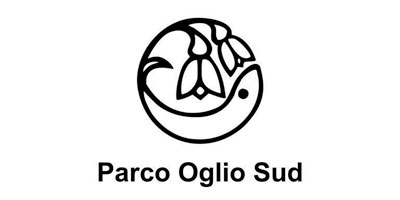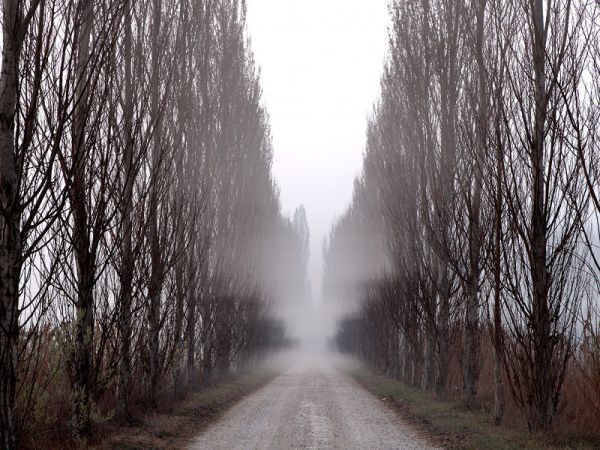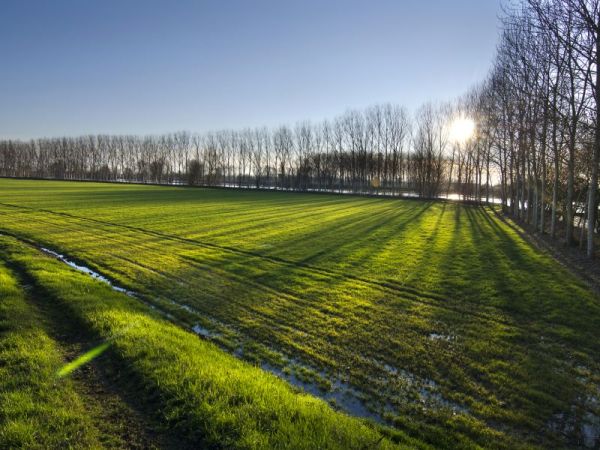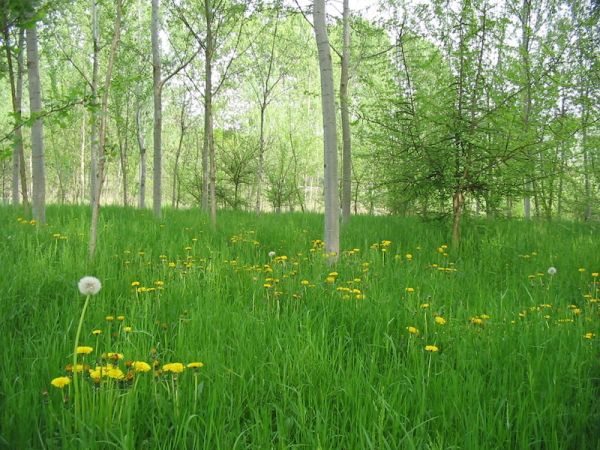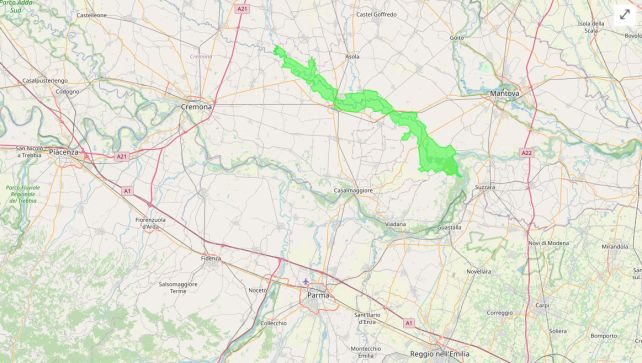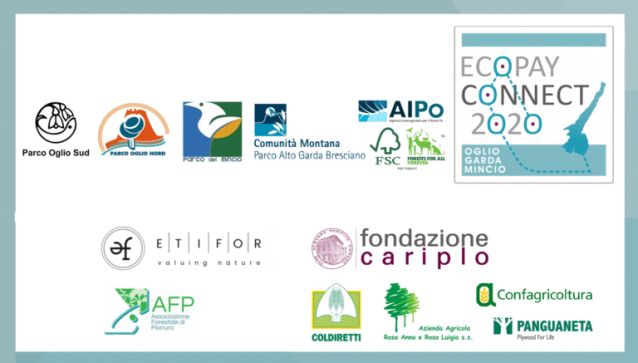The Park includes the lowland stretch of the river Oglio, from the border with Oglio Nord Park up to the confluence with the river Po, crossing with its sinuous shape the agricultural plains between the Italian provinces of Cremona and Mantua. The landscape is densely anthropized, with a tidy succession of cultivated fields broken up by rows and flaps of humid areas in alluvial zones, rich in natural vegetation and aquatic animals.
Panguaneta and Oglio Sud Park, in collaboration with Etifor and FSC Italy have contributed to develop the project Ecopay Connect 2020. The objective of this project is the enhancement of the ecological corridor represented by Oglio Sud Park, in order to maintain biodiversity on a local and subregional level, through the use of innovative instruments of ecological governance for the engineering and the shared funding of conservation works. The importance of the river Oglio as ecological corridor has been acknowledged by the presence of many protected areas and sites belonging to Nature Net 2000, but above all by the presence of the two big regional parks who regulate the preservation activities.
The Italian region Lombardia has been promoting its project "Parks System", addressed to all the schools, and including all the protected areas. The aim is to give all its member schools useful information about the opportunities, the facilities and the services offered in each area, with particular attention on environmental education. For further information about the project, please visit the web site www.areaparchi.it.
This project is the result of a special “chemistry”, that is the chemistry of ideas wo meet and are mixed to create new proposals and to go beyond the surface to discover secrets, stories and the deepest characteristics of our territory. It is an invitation to watch, to investigate, to explore, to deepen and to listen, to reach its most intimate nature. We think that environmental education could be like this and we hope that it could be possible to put it into practice in schools: observe events and changes, understand where they come from and what has caused them, use new discoveries to improve knowledge, to imagine future developments and to improve the relationship with the environment and with the people who live in it. In few words: improve our own life.

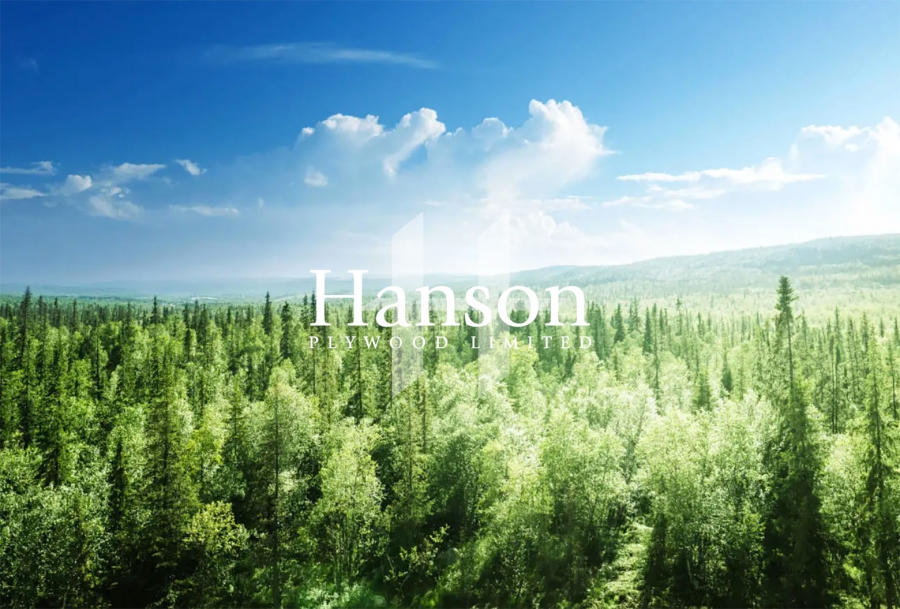
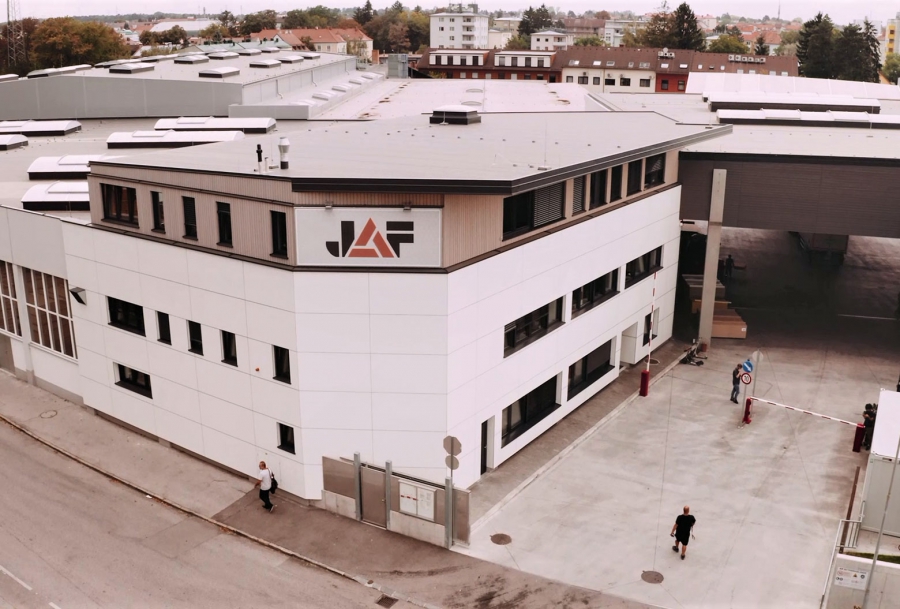
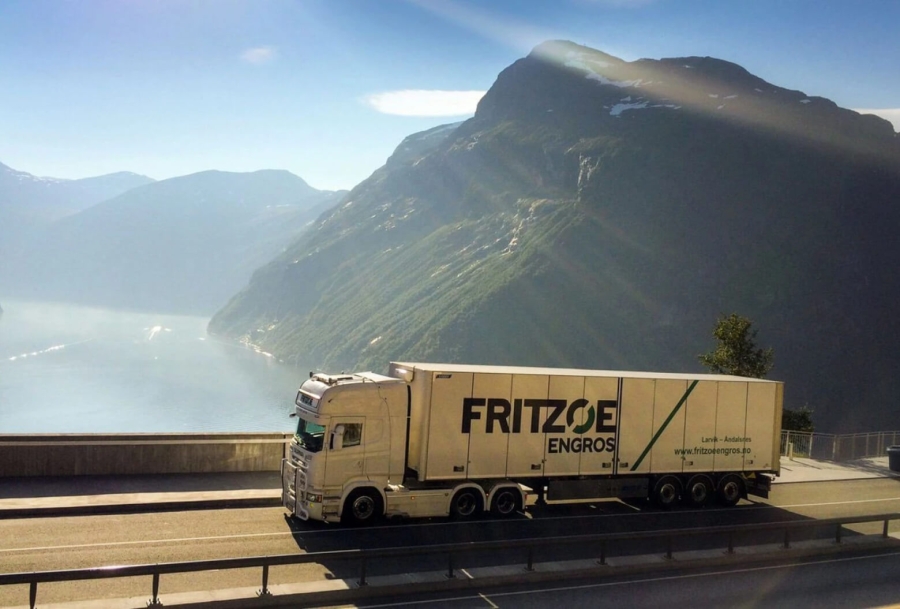
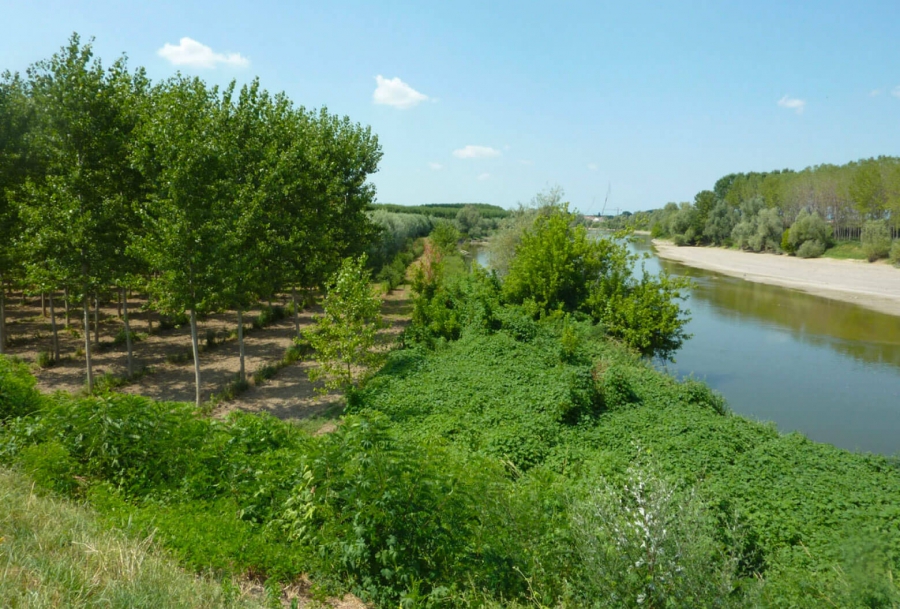
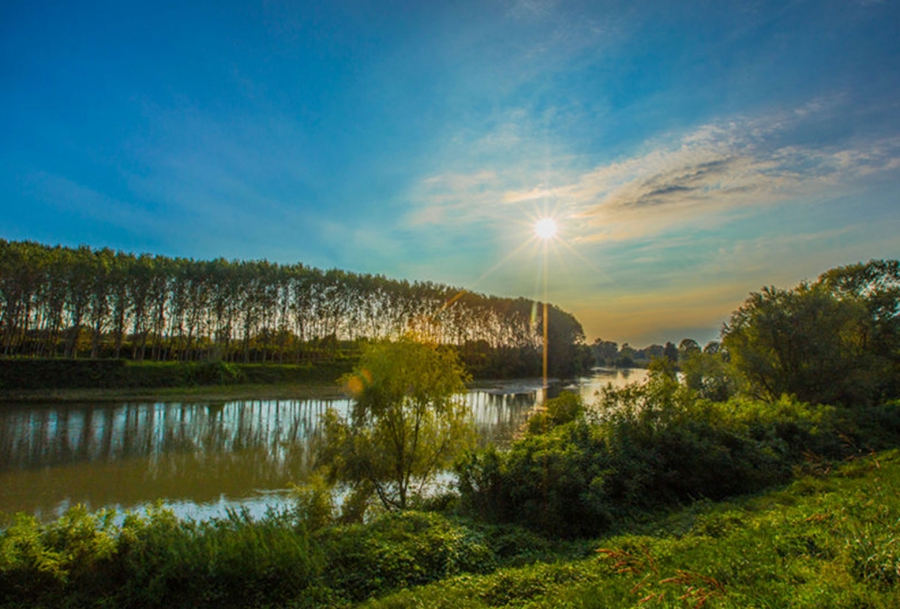
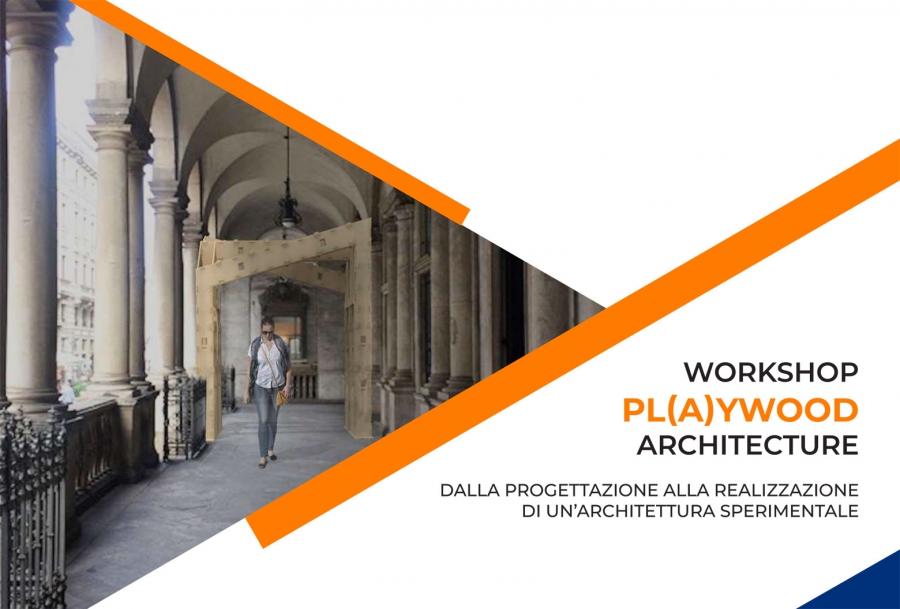
![The new "shades" of design: Panguaneta and Blok […]](/images/news/mdw2024.webp)
!["Meet the Champions 2024": Panguaneta joins the tour […]](/images/news/impresachampion24.webp)
![Panguaneta takes part to the event “convention Fibopan […]](/images/news/fibopan.webp)

![Panguaneta participates in Palm Academy event on sustainable […]](/images/news/2024-03-08.jpg)
![The business association “Il Circolo delle Imprese” stops […]](/images/news/2024-01-26.webp)
